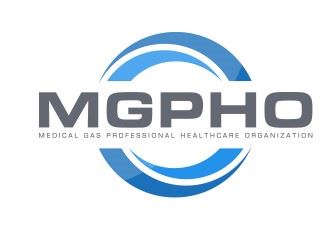A true dental facility has a oxygen and nitrous oxide manifold system outside (i.e the room is per code - just out the back door).
In the main corridor of the facility is zone valve box for the oxygen & nitrous oxide. This box has single handle (i.e. when you pull it down both gases, oxygen & nitrous oxide are shut off)
There is an alarm panel next to this zone off valve. Typical dental category 3 type alarm panel. FYI: the equipment is from a major supplier of dental oxygen & nitrous oxide systems.
When the zone valve handle is shutoff and the gas lines are reduced to below 40 psig, this single only alarm panel provides an visual and audible signal. It also shuts off the gas manifold.
Now the fun part:
When you shut off the the zone valve box and then shut off the gases at the manifold (i.e. the cylinders) and drop the pressure in the lines between the zone valve box and gas manifold.
There is NO alarm for the low main line pressure, that is listed in 5.3.6.22.1 (1 & 4).
Is this per code ?
Should we not have both main line alarm signals and zone valve box alarm signals ?
5.3.6.22 Category 3 Warning Systems.
5.3.6.22.1 Warning systems for medical gas systems (oxygen and nitrous oxide) in Category 3 facilities shall provide the following alarms:
(1) Oxygen main line pressure low
(2) Oxygen main line pressure high
(3) Oxygen changeover to secondary bank or about to changeover (if automatic)
(4) Nitrous oxide main line pressure low
(5) Nitrous oxide main line pressure high
(6) Nitrous oxide changeover to secondary bank or about to changeover (if automatic)
5.3.6.22.2 Warning systems shall have at least one single alarm panel in each treatment facility served by the medical gas source equipment.
5.3.6.22.3 Alarm panels shall be located in an area of continuous surveillance while the facility is in operation.
5.3.6.22.4 Pressure switches/sensors that monitor main line pressure shall be mounted at the source equipment with pressure alarm indicators (lamp or LED) at the alarm panel.
5.3.6.22.5 Audible and noncancelable alarm visual signals shall indicate if the pressure in the main line increases or decreases 20 percent from the normal operating pressure.
5.3.6.22.6 Visual indications shall remain until the situation that caused the alarm is resolved.
5.3.6.22.7 Pressure switches/sensors shall be installed downstream of any emergency shutoff valves and any other shutoff valves in the system and shall cause an alarm for the medical gas if the pressure decreases or increases 20 percent from the normal operating pressure.
5.3.6.22.8 A cancelable audible indication of each alarm condition that produces a sound at the alarm panel shall reinitiate the audible signal if another alarm condition occurs while the audible signal is silenced.

